Home>Garden Essentials>How Long Before Cucumber Seeds Sprout
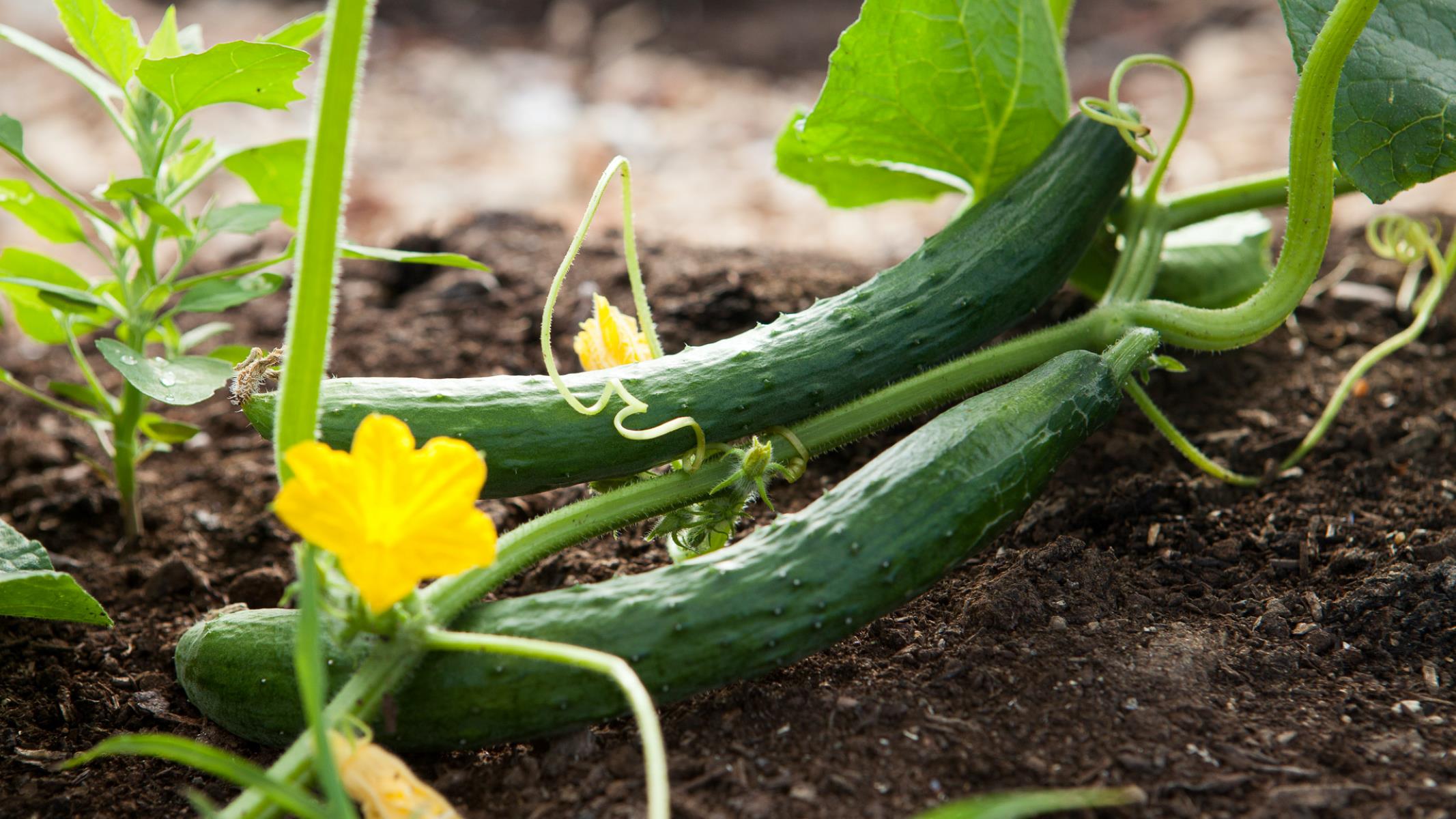

Garden Essentials
How Long Before Cucumber Seeds Sprout
Modified: April 22, 2024
Learn how long it takes for cucumber seeds to sprout in your garden. Discover the optimal conditions for successful germination and growth.
(Many of the links in this article redirect to a specific reviewed product. Your purchase of these products through affiliate links helps to generate commission for Storables.com, at no extra cost. Learn more)
Introduction
Welcome to the world of gardening, where the magic of nature unfolds before our eyes. If you’re a gardening enthusiast, you’ve probably experienced the excitement of sowing seeds and eagerly waiting for them to sprout. In this article, we will delve into the fascinating process of cucumber seed germination and explore the factors that affect it.
Cucumbers are one of the most popular vegetables grown in home gardens due to their refreshing taste, versatility, and ease of cultivation. Whether you’re planning to grow cucumbers in your backyard garden or in containers on your balcony, understanding the germination process is crucial for a successful harvest.
Germination is the process by which a seed develops into a new plant. It is a delicate and intricate dance between the seed and its environment, influenced by various factors. By gaining insight into these factors, you can create favorable conditions and ensure optimal germination rates.
So, without further ado, let’s dive into the world of cucumber seed germination and explore the timeline, conditions, and steps you can take to promote successful sprouting.
Key Takeaways:
- Cucumber seeds typically take 7 to 10 days to sprout, but this can vary based on factors like temperature and seed variety. Patience and proper care are key to successful germination.
- To help cucumber seeds sprout, create warm, moist, and well-ventilated conditions. Use fresh, high-quality seeds, monitor for common issues, and be patient as you nurture your seedlings into healthy plants.
Read more: How Long For Seeds To Sprout
Factors Affecting Cucumber Seed Germination
Several factors influence the germination process of cucumber seeds. Understanding these factors will help you create the ideal environment for successful sprouting:
- Temperature: Cucumber seeds thrive in warm soil temperatures. The optimal range for germination is between 70-90°F (21-32°C). Cooler temperatures can significantly delay or inhibit germination, while temperatures above 95°F (35°C) can be detrimental to seed health.
- Moisture: Adequate moisture is critical for seed germination. The seeds need to absorb water to activate the enzymes responsible for breaking down stored nutrients. However, excessive moisture can lead to rot or fungal diseases, so finding the right balance is key. Water the soil thoroughly before sowing the seeds and maintain moist but not waterlogged conditions throughout the germination period.
- Light: Unlike some seeds that require light for germination, cucumber seeds do not depend on light. They will germinate in both light and dark conditions. In fact, covering the seeds with a thin layer of soil can provide them with the darkness they need to sprout.
- Seed Quality: The quality of the seeds directly influences germination success. It’s crucial to start with fresh, high-quality seeds from a reputable source. Seeds that are old, damaged, or improperly stored may have lower viability, leading to poor germination rates.
- Seed Depth: Cucumber seeds should be sown at a depth of around 1 inch (2.5 cm) in the soil. Planting them too shallow or too deep can affect germination. If planted too shallow, the seeds may dry out quickly or be exposed to temperature fluctuations. On the other hand, planting them too deep may hinder their ability to break through the soil surface.
- Air Circulation: Good air circulation is essential for preventing fungal diseases and promoting healthy seedling growth. Make sure there is adequate spacing between the seeds and avoid overcrowding to allow proper airflow.
By considering these factors and making necessary adjustments, you can provide the best conditions for cucumber seed germination. Now that we understand the factors influencing germination, let’s explore the typical time it takes for cucumber seeds to sprout.
Germination Time for Cucumber Seeds
Patience is key when it comes to waiting for cucumber seeds to sprout. The germination time for cucumber seeds can vary depending on several factors, including temperature, moisture, seed quality, and variety. On average, cucumber seeds take approximately 7 to 10 days to germinate under optimal conditions.
However, it’s important to note that germination can be influenced by various factors, and the actual sprouting time may range from 5 to 14 days. Cucumber seeds require warm temperatures to germinate, so if you’re starting your seeds indoors or in a greenhouse, providing a consistent temperature of 70-90°F (21-32°C) can help speed up the germination process.
Certain cucumber varieties may have shorter or longer germination times. Some early maturing varieties are bred to have quicker germination, while others, such as certain specialty or heirloom varieties, may have longer germination periods.
Additionally, fluctuations in environmental conditions can also affect germination time. For example, if temperatures are too low or uneven, germination may be delayed or inconsistent. It’s crucial to monitor and maintain the desired temperature range throughout the germination period to optimize the sprouting process.
When sowing cucumber seeds, it’s helpful to keep track of the date of planting to have a general idea of when to expect the first signs of germination. While waiting for the seeds to sprout, it’s important to provide them with proper care and attention to promote successful germination.
Now that we have some understanding of the germination time for cucumber seeds, let’s explore the optimal conditions required for successful germination.
Optimal Conditions for Cucumber Seed Germination
Creating the ideal conditions for cucumber seed germination is crucial for ensuring successful sprouting and the healthy development of seedlings. Here are the optimal conditions to consider:
- Temperature: Cucumber seeds require warm soil temperatures to germinate. Aim for a temperature range between 70-90°F (21-32°C) for optimal results. Using a heating mat or placing the seed tray in a warm area can help maintain a consistent temperature.
- Moisture: Adequate moisture is essential for cucumber seed germination. Keep the soil moist but not waterlogged. Avoid soaking the seeds before planting, as it can lead to rot. Instead, water the soil thoroughly before sowing, and then maintain a consistent level of moisture throughout the germination process.
- Seed Depth: Plant cucumber seeds at a depth of around 1 inch (2.5 cm) in well-draining soil. This depth provides the seeds with enough moisture and protection to sprout successfully. If the soil is heavy or compacted, consider adding organic matter to improve drainage.
- Light: While cucumber seeds do not require light for germination, they do need light once they have sprouted. Once the seedlings have emerged, provide adequate light by placing them in a location that receives 12-16 hours of bright, indirect sunlight per day or by using artificial grow lights.
- Air Circulation: Good air circulation is crucial for preventing fungal diseases and facilitating healthy seedling growth. Avoid overcrowding the seeds and provide space between them to allow for proper airflow.
- Seed Quality: Starting with high-quality cucumber seeds greatly increases the chances of successful germination. Ensure that the seeds are fresh, obtained from a reputable source, and properly stored to maintain their viability.
In addition to these optimal conditions, it’s important to regularly monitor the soil moisture levels, temperature, and overall health of the seeds during the germination process. By maintaining these ideal conditions, you are setting the stage for healthy germination and the eventual growth of robust cucumber plants.
Now that we have covered the optimal conditions for cucumber seed germination, let’s explore the steps you can take to promote successful sprouting.
Cucumber seeds typically sprout within 7-10 days when planted in warm, moist soil. Keep the soil consistently moist to help speed up the germination process.
Steps to Promote Cucumber Seed Germination
To promote successful cucumber seed germination, follow these steps:
- Prepare the soil: Start by preparing the planting area or seed trays. Ensure that the soil is well-draining and rich in organic matter. Remove any weeds or debris that may hinder seedling growth.
- Start with fresh seeds: Use high-quality cucumber seeds from a reputable source. Avoid using old or damaged seeds, as their viability may be compromised.
- Soak the seeds (optional): Although cucumber seeds do not require soaking before planting, some gardeners like to soak them for a few hours to soften the seed coat and potentially speed up germination. If you choose to soak the seeds, do so in room temperature water and then drain them before planting.
- Sow the seeds: Plant the cucumber seeds at a depth of about 1 inch (2.5 cm). Space the seeds adequately, allowing room for growth and proper airflow between the seedlings.
- Provide optimal conditions: Place the planted seeds in an area with consistent temperatures between 70-90°F (21-32°C). Maintain adequate moisture levels in the soil by watering gently and regularly. Keep the soil moist but not waterlogged.
- Monitor and adjust: Regularly check the soil moisture, temperature, and overall health of the seeds. Adjust the watering schedule if needed to prevent the soil from drying out or becoming excessively saturated. Remove any debris or weeds that may compete with the seedlings for nutrients.
- Be patient: Cucumber seeds typically take around 7 to 10 days to germinate, although this may vary depending on the variety and environmental conditions. Be patient and avoid disturbing the seeds during this period. Instead, focus on providing the optimal conditions for germination.
- Transplant or thin seedlings: Once the cucumber seedlings have developed their first true leaves and are sturdy enough to handle, you can transplant them into larger containers or directly into the garden. If overcrowding occurs, thin out the weaker seedlings to give the remaining ones more space to grow.
- Care for the seedlings: After germination, provide the cucumber seedlings with proper care, including adequate sunlight, regular watering, and appropriate fertilization. Keep an eye out for common pests and diseases that can affect cucumber plants and take necessary measures to protect them.
By following these steps and providing the optimal conditions, you can greatly increase the chances of successful cucumber seed germination. Remember to be patient and attentive to the needs of your seedlings as they grow into healthy cucumber plants.
Now let’s address some common issues and troubleshooting tips to help you overcome any challenges that may arise during the germination process.
Read more: How Long For Cucumbers To Germinate
Common Issues and Troubleshooting
During the cucumber seed germination process, you may encounter some common issues. Here are a few problems you might face and some troubleshooting tips to help you overcome them:
- Poor germination: If you notice that only a few seeds are germinating or none at all, it may be due to low seed viability or unfavorable growing conditions. Ensure that you are using fresh, high-quality seeds and that you are providing the optimal temperature, moisture, and light conditions. If germination remains poor, consider purchasing new seeds and adjusting your planting and care techniques.
- Damping-off: Damping-off is a fungal disease that can affect cucumber seedlings, causing them to wilt and collapse. To prevent damping-off, ensure that the soil is well-draining and avoid overwatering. Sterilize your pots, trays, and tools before use, and provide proper air circulation by spacing out the seedlings.
- Seed rot: Excessive moisture or poor drainage can lead to seed rot. To prevent this, make sure the soil is well-draining and avoid overwatering. Plant the seeds at the recommended depth and avoid compacting the soil around them, as this can create an environment that encourages fungal growth.
- Lack of uniform germination: Uneven germination can occur due to variations in temperature, moisture, or seed quality. Ensure that the temperature is consistent throughout the germination period and that the soil moisture is evenly maintained. If using multiple seed trays, monitor and adjust the conditions in each tray accordingly.
- Delayed germination: If you notice that your cucumber seeds are taking longer than expected to germinate, it may be due to cooler temperatures or suboptimal growing conditions. Check the temperature and consider using a heating mat to provide consistent warmth. Ensure that you are maintaining proper moisture levels and providing adequate airflow to prevent any delays in germination.
- Seedling legginess: Leggy seedlings occur when the plants stretch out and become weak and elongated. This is typically due to insufficient light. Ensure that your seedlings are receiving 12-16 hours of bright, indirect sunlight per day or provide supplemental grow lights to promote more compact and sturdy growth.
By addressing these common issues and taking appropriate measures, you can increase the chances of a successful cucumber seed germination process. Remember that gardening is a learning process, and it may require some trial and error to find what works best for your specific conditions.
Now that you have a comprehensive understanding of cucumber seed germination, you are well-equipped to sow your cucumber seeds and embark on the journey of growing your own fresh and delicious cucumbers. Happy gardening!
Note: Always refer to specific seed packets or local gardening resources for variety-specific guidelines and regional considerations.
Conclusion
In conclusion, understanding the process of cucumber seed germination is essential for successful gardening. By considering the factors that affect germination, such as temperature, moisture, seed quality, and light, you can create optimal conditions for your cucumber seeds to sprout and grow into healthy plants.
Remember that cucumber seeds typically take around 7 to 10 days to germinate under the right conditions. Patience is key during this waiting period, as germination times may vary depending on factors like temperature and variety.
To promote successful cucumber seed germination, follow the steps of preparing the soil, using fresh seeds, providing optimal conditions, monitoring the progress, and caring for the seedlings. Troubleshoot common issues like poor germination, damping-off, seed rot, lack of uniform germination, delayed germination, and seedling legginess with appropriate measures.
Gardening is an ongoing learning experience, and each season brings new insights and opportunities for improvement. By understanding the germination process and taking proactive steps, you can increase your chances of a successful cucumber harvest.
Remember to enjoy the journey and embrace the wonder of nature as you witness your cucumber seeds sprout and transform into thriving plants. The rewards of growing your own cucumbers, whether for fresh salads, pickles, or snacks, are truly gratifying.
So, roll up your sleeves, grab your gardening tools, and start sowing those cucumber seeds. With the right knowledge and a little bit of tender care, you’ll soon be enjoying the fruits of your labor in the form of homegrown cucumbers straight from your garden!
Happy gardening!
Frequently Asked Questions about How Long Before Cucumber Seeds Sprout
Was this page helpful?
At Storables.com, we guarantee accurate and reliable information. Our content, validated by Expert Board Contributors, is crafted following stringent Editorial Policies. We're committed to providing you with well-researched, expert-backed insights for all your informational needs.
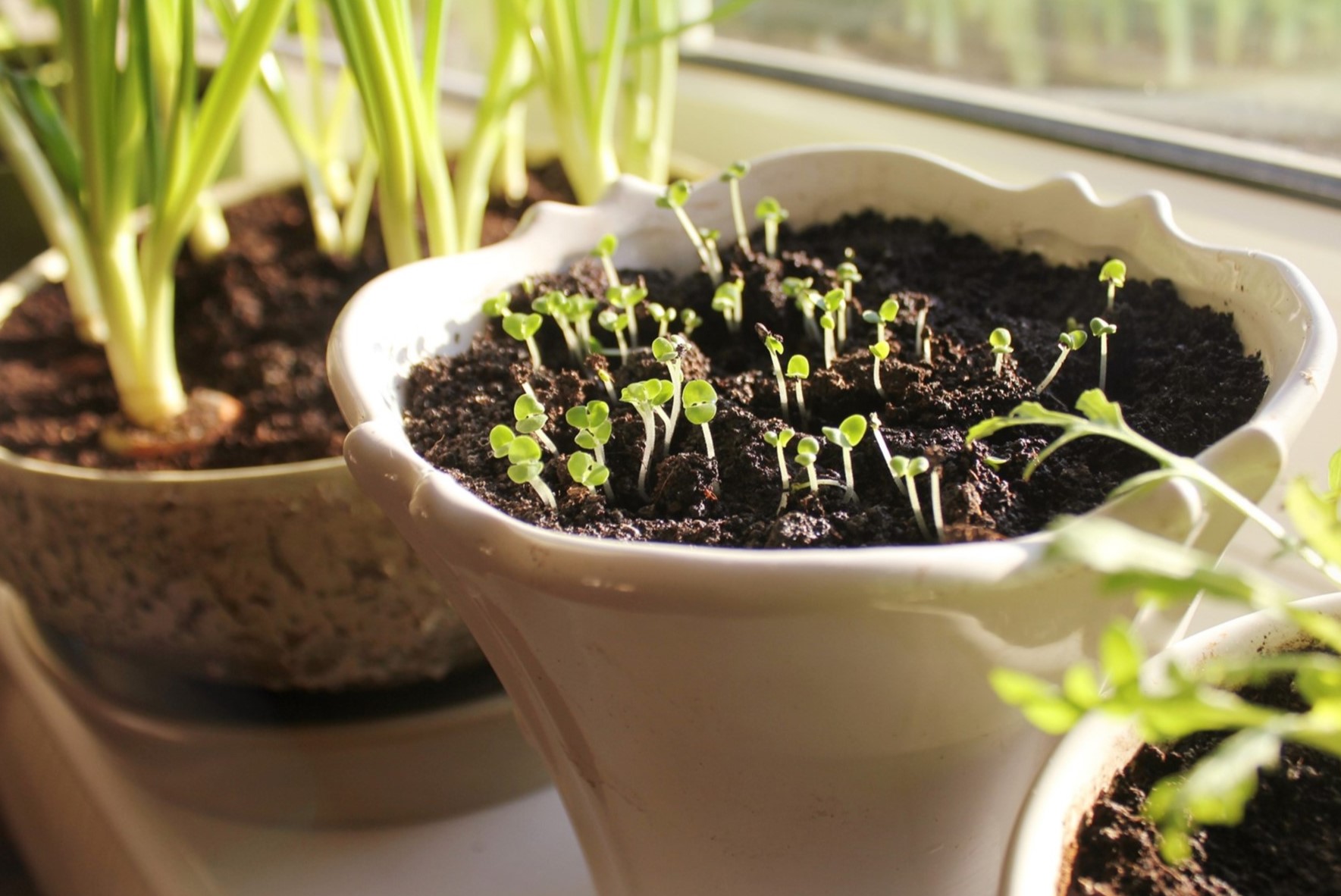
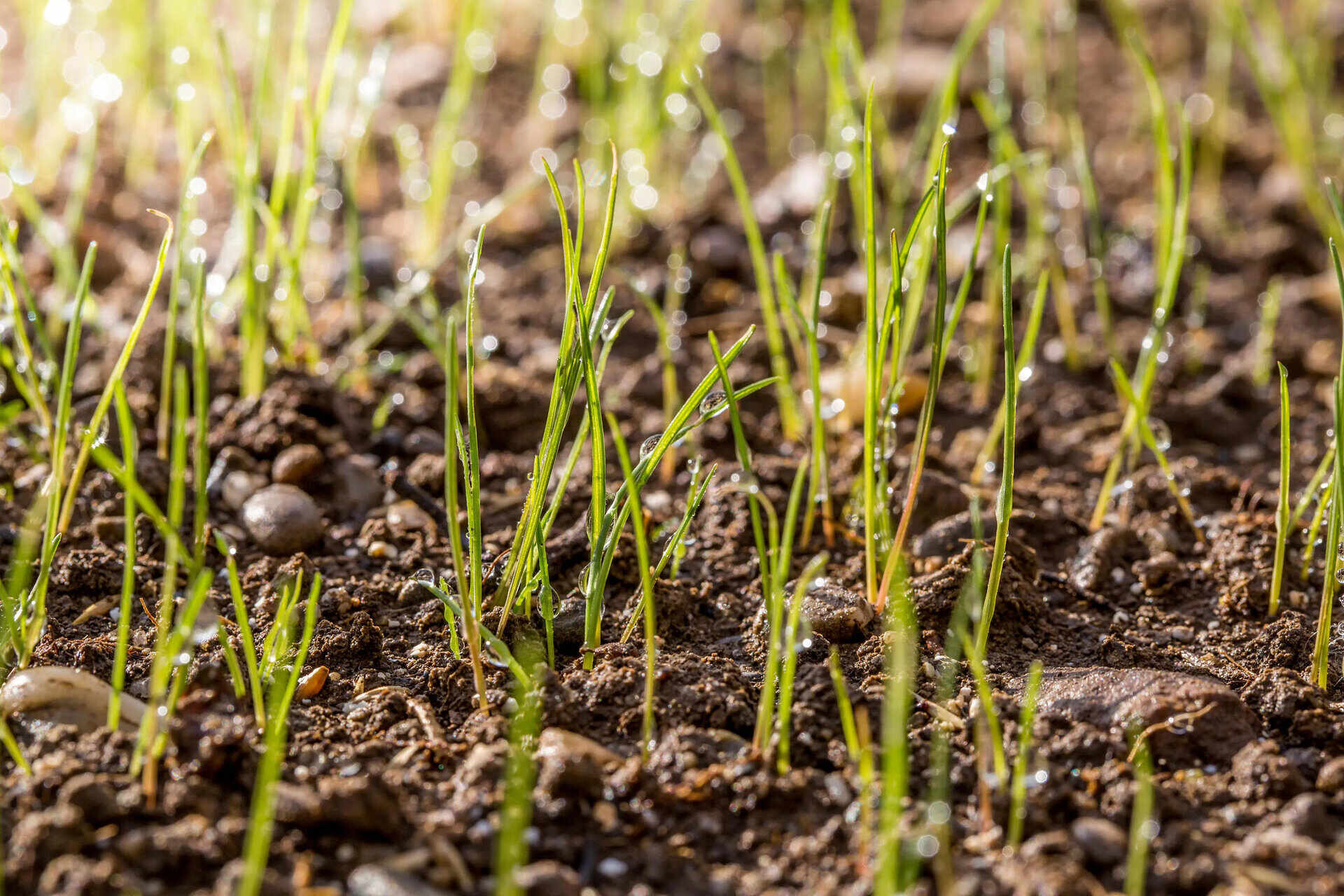
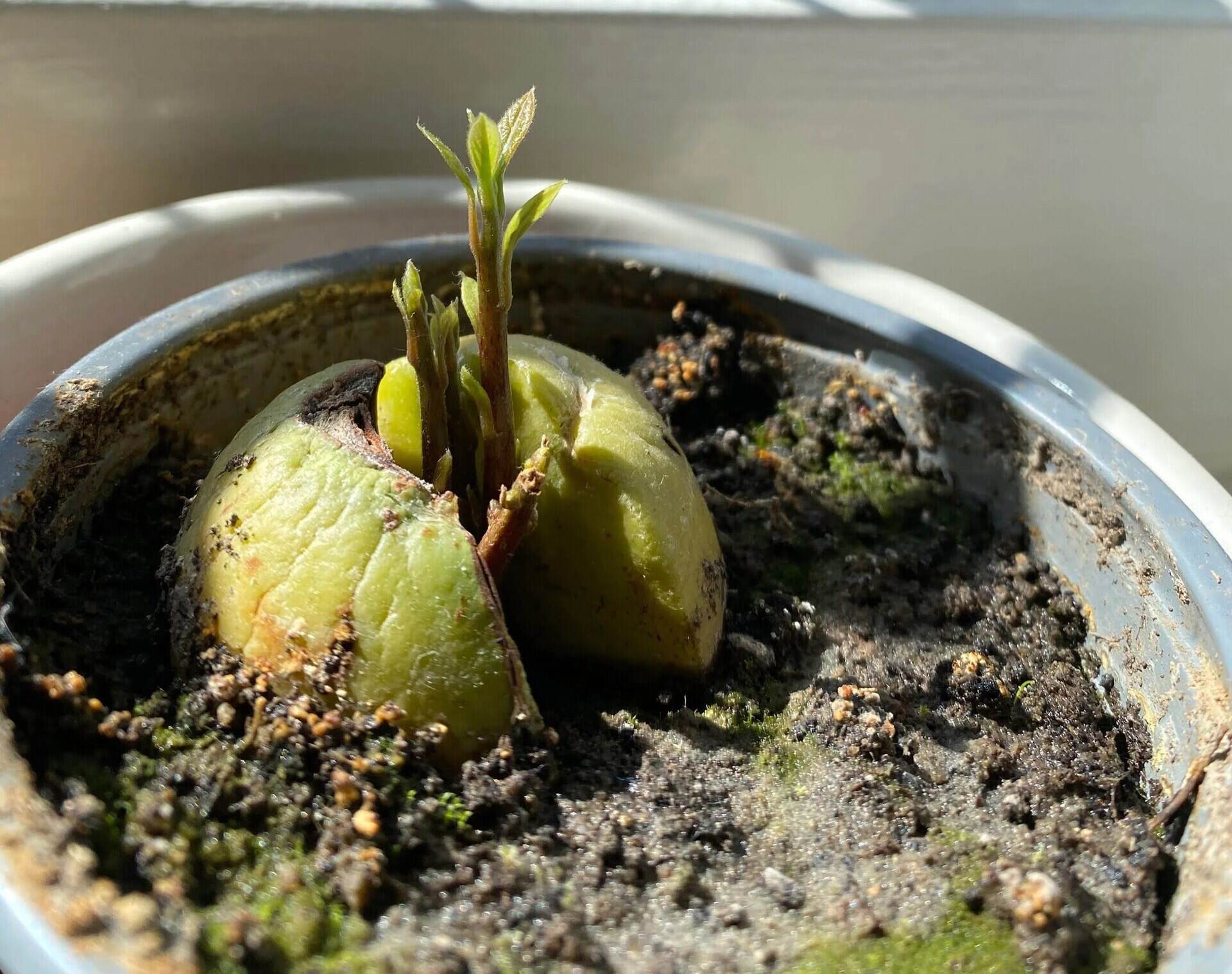
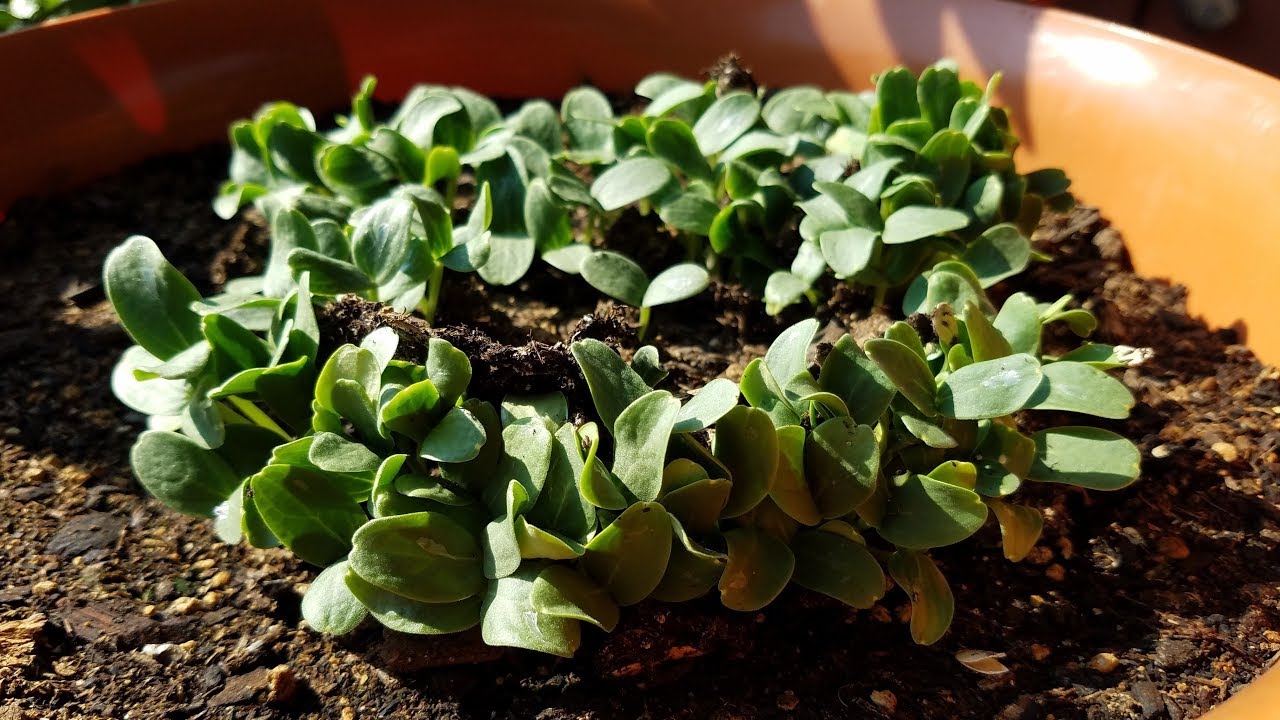
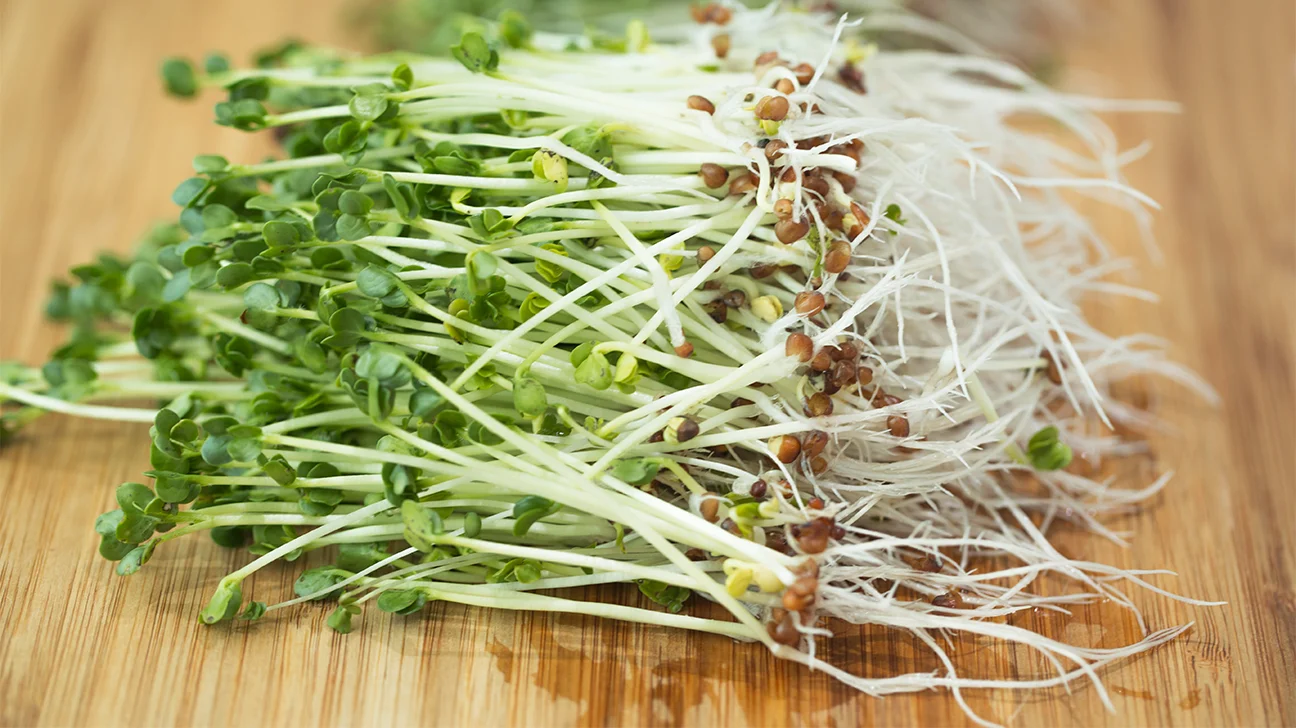
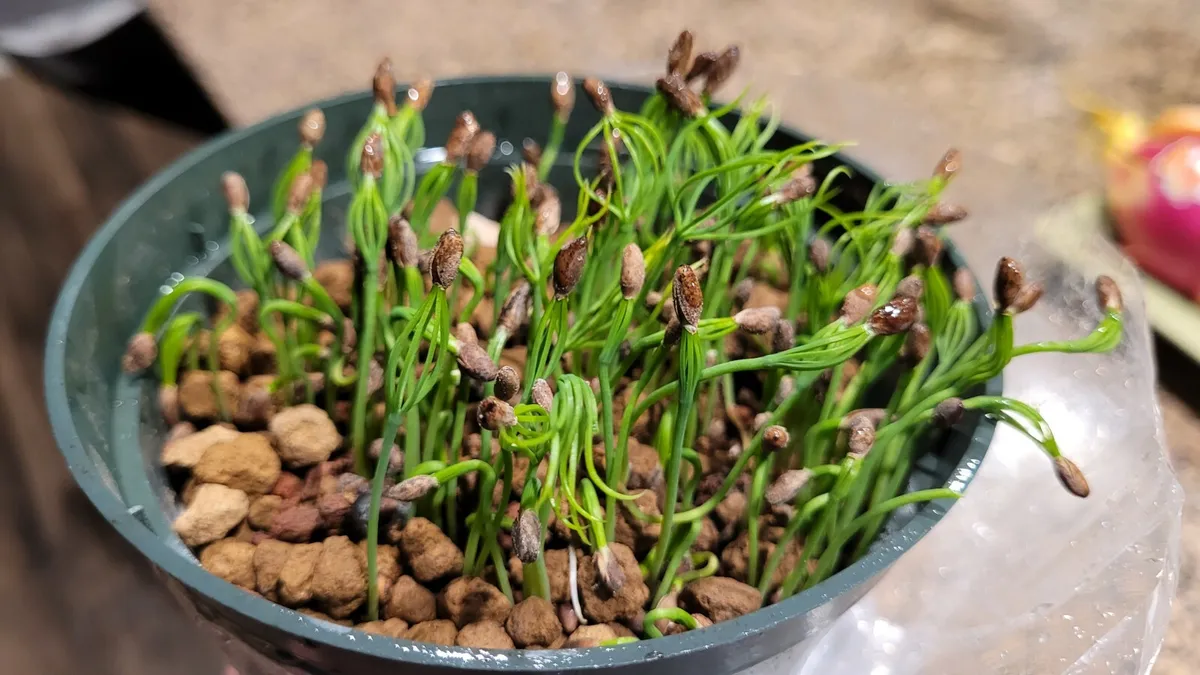
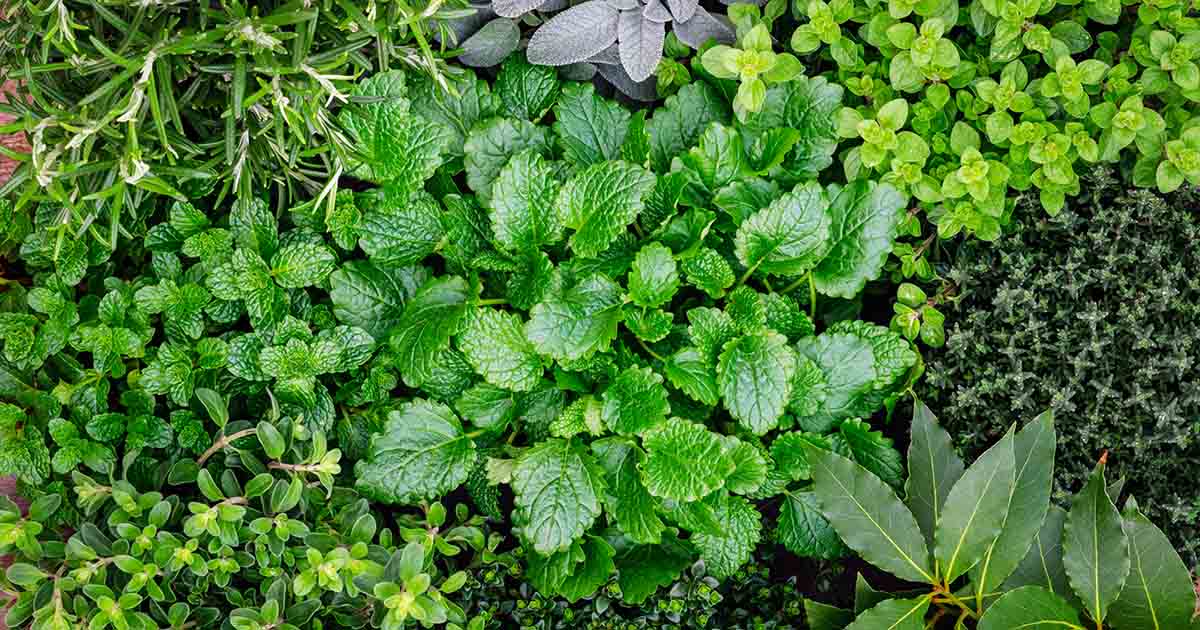
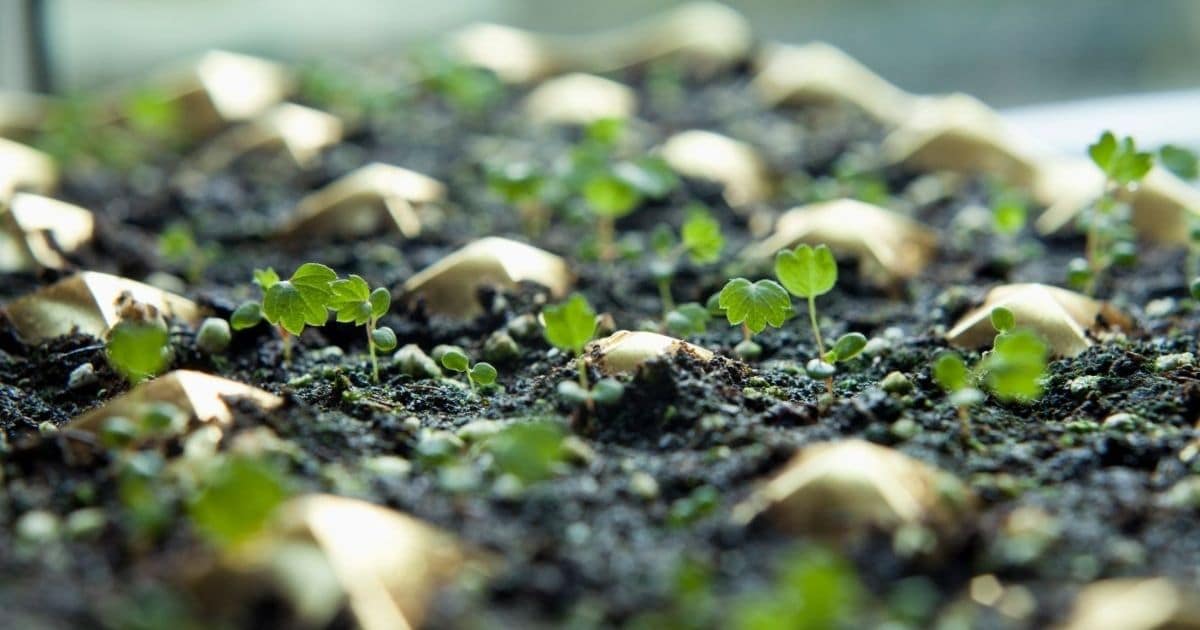
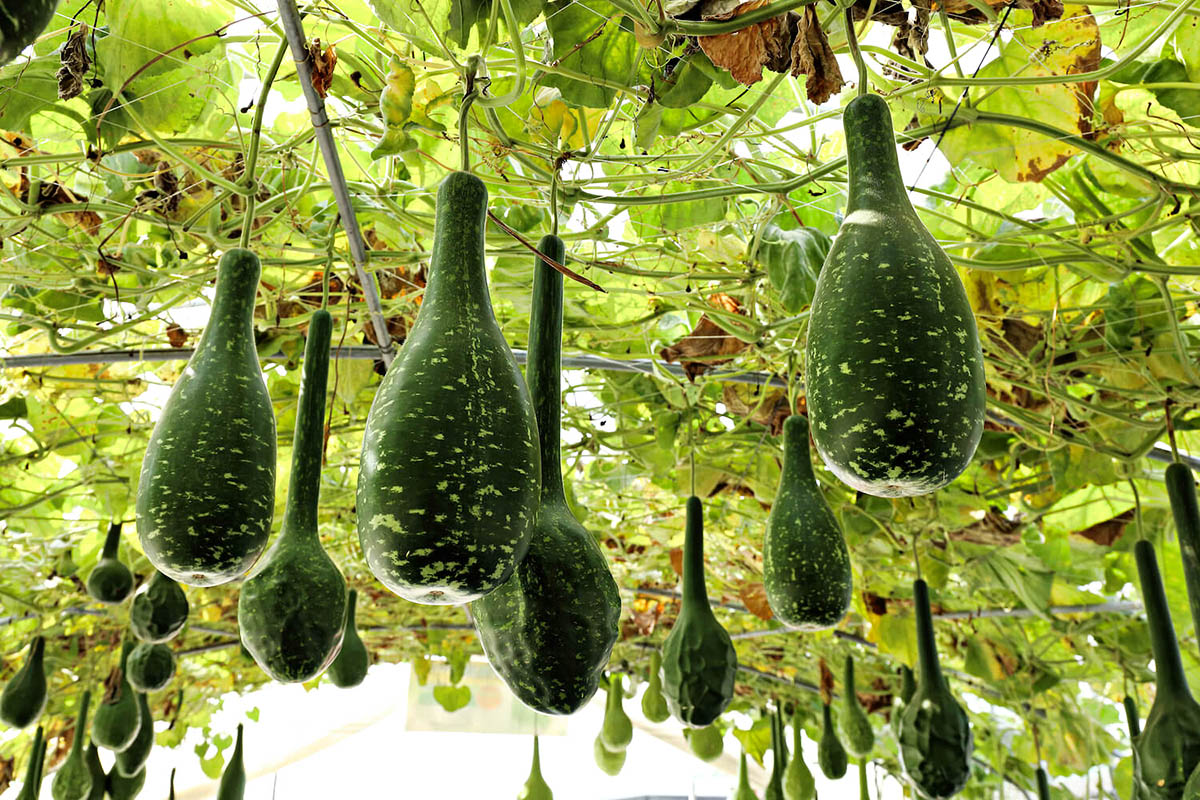
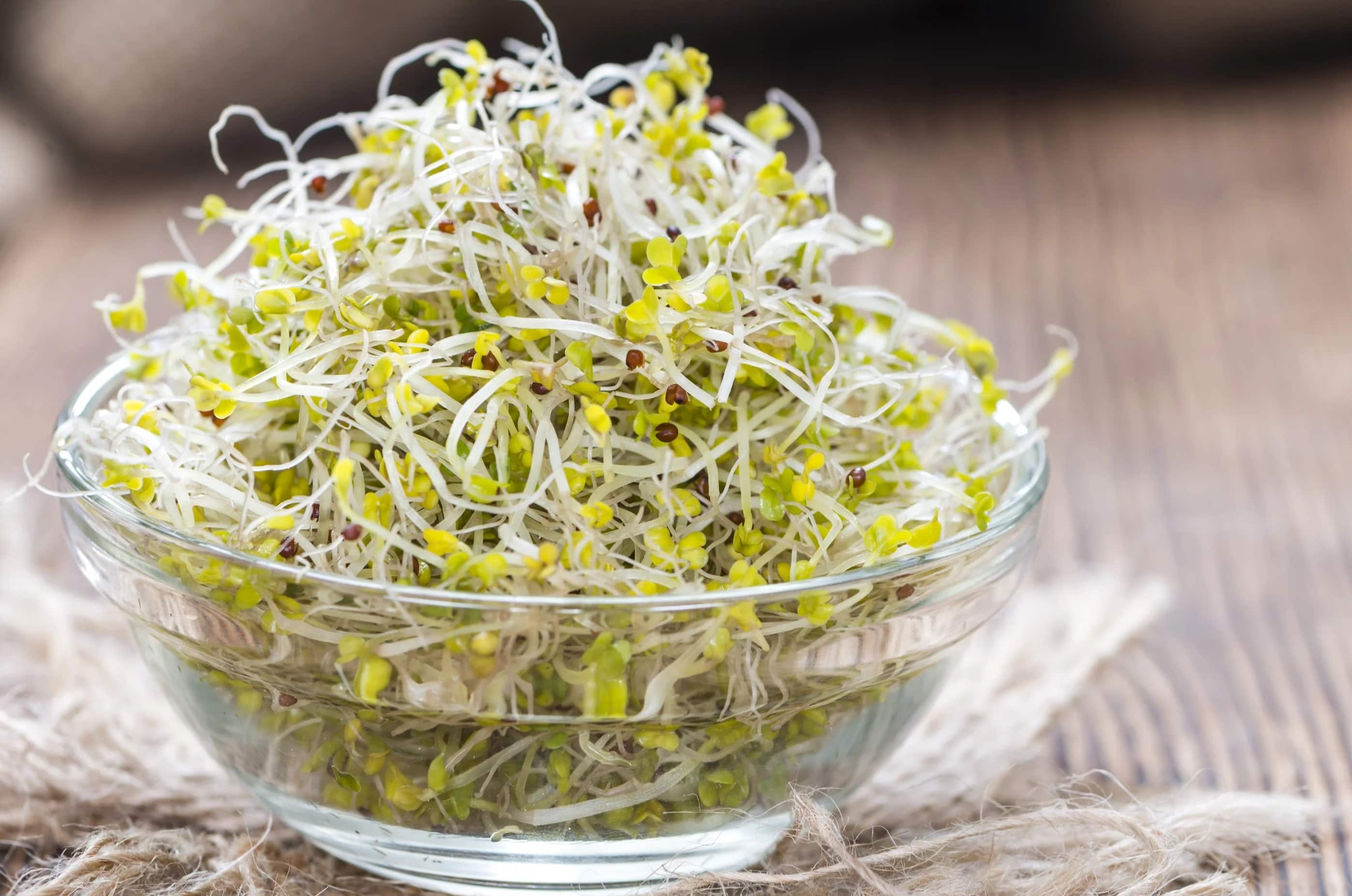
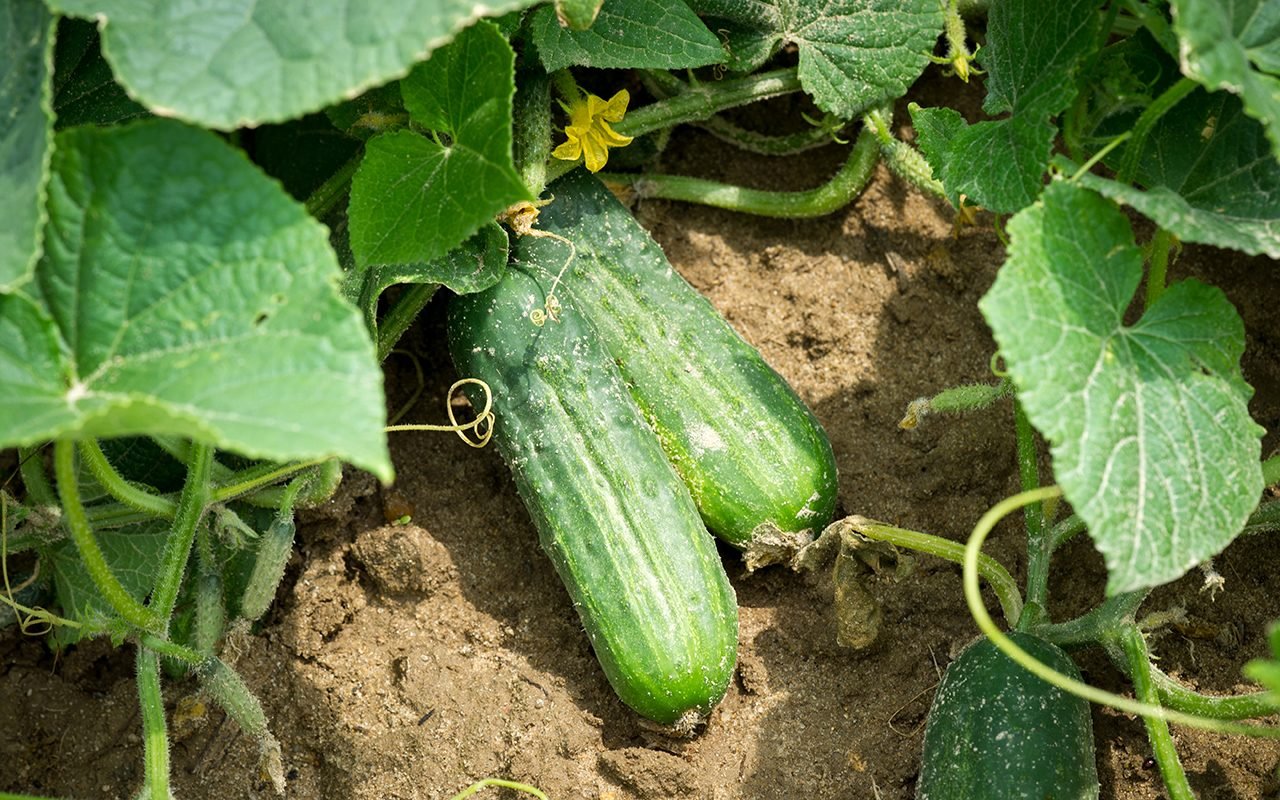
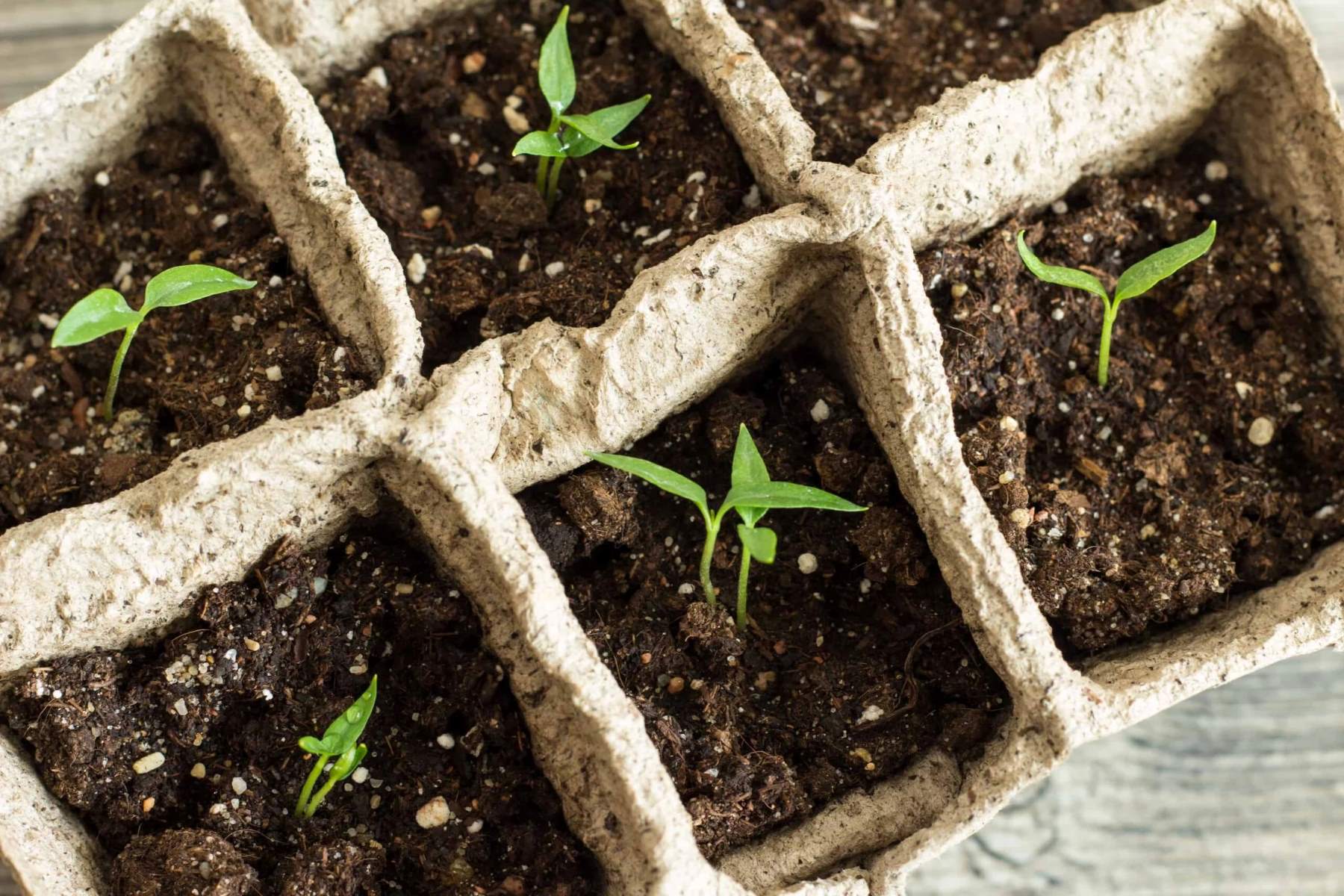
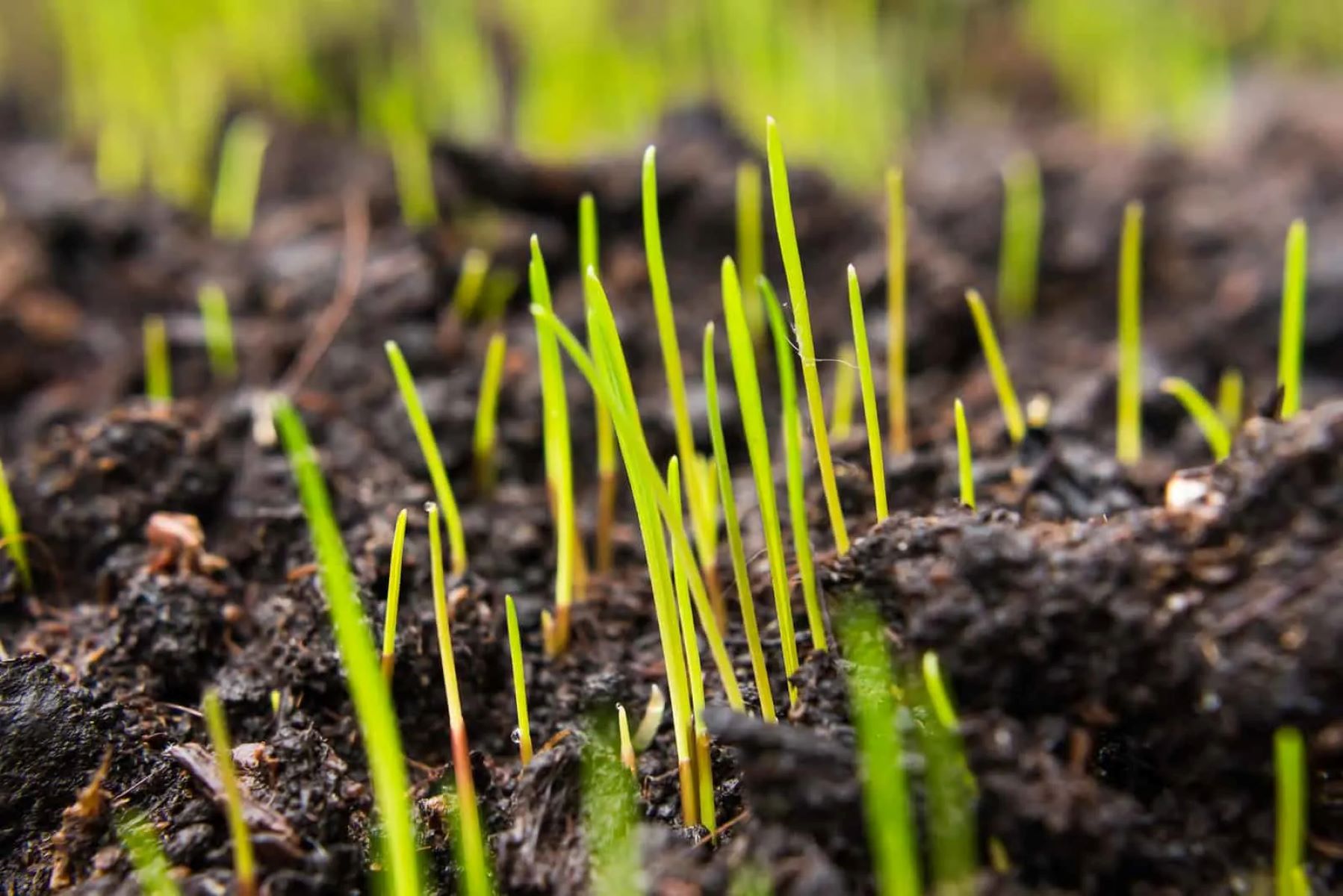
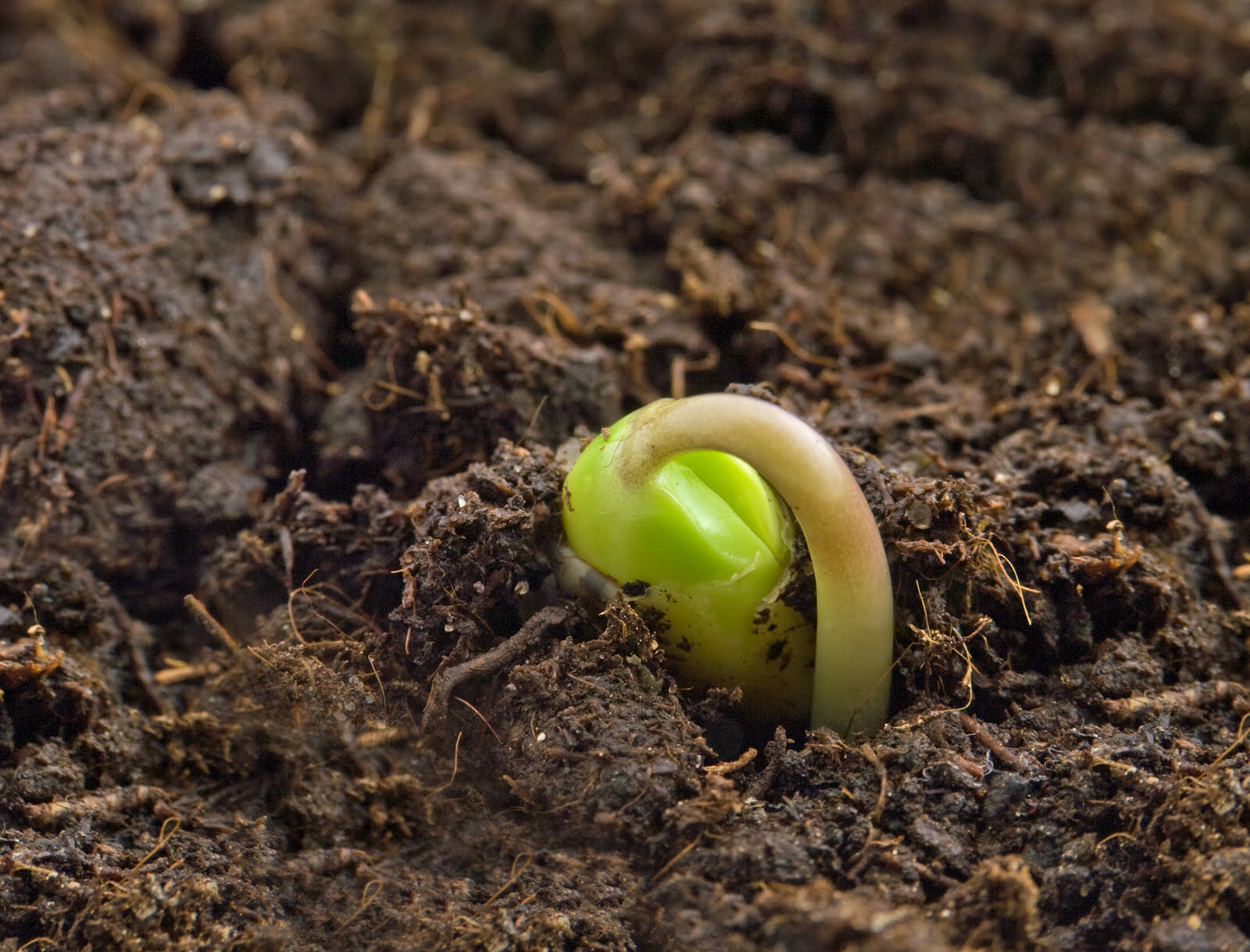

0 thoughts on “How Long Before Cucumber Seeds Sprout”